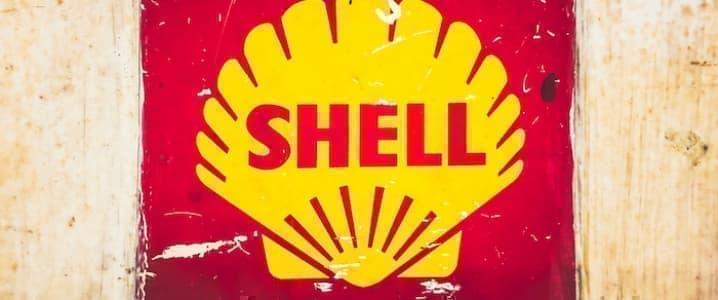Expect More Writedowns From Oil Majors
Authored by Nick Cunningham via OilPrice.com,
On Friday, Royal Dutch Shell announced that it would take a $1.7-$2.3 billion write down for the fourth quarter, another financial blow to an industry dealing with oversupply and low prices.
The write down is the result of the bad “macro outlook,” Shell said in a press release, which refers to the slowdown in the global economy, weak demand growth and relatively low prices for gas, oil and for refining margins. “Additional well write-offs in the range of $100-200 million are expected compared to the fourth quarter 2018. No cash impact is expected,” Shell said in a statement. The company’s share price in London fell 1 percent on the news.
Shell didn’t offer a lot of details, but hinted that several of its segments would be impacted by a deterioration in the outlook. “Chemicals cracker and intermediate margins are expected to be materially lower than the third quarter 2019 due to the continued weak macro environment,” Shell said, for example.
Shell also said that it would keep its fully-year capex for 2019 at the low end of its original guidance of $24-29 billion.
The announcement comes a little over a week after Chevron revealed a much larger $10-$11-billion write down. At the time, analysts had warned that Chevron would not be alone, and that there would be more charges related to companies having overpaid for assets years ago, only to watch the market deteriorate. All the while, the industry – at least in the aggregate – has failed to prove that it can turn a profit from shale drilling. Since October, Repsol, BP, Equinor and Halliburton have written down a combined $20 billion in assets.
As Chevron’s impairment suggests, the segment of the oil and gas industry that is arguably struggling the most is shale gas drillers in Appalachia. That accounted for a big chunk of Chevron’s impairment.
The reason is that gas prices have plunged in 2019, which follows years of checkered performances from gas drillers. Things kind of fell apart this year as investors lost patience and the bottom fell out in the gas market. Gas is oversupplied and drillers now feel compelled to cutback. Production growth has already come to a halt and could begin to decline.
Looking forward, many analysts have few reasons to think that gas prices will rebound, with the slump expected to last into the early 2020s. According to the Wall Street Journal, ExxonMobil and BP are the most exposed, each with about 12 percent of their total production coming from U.S. gas. Chevron and Shell only have about 5 percent of their total production coming from American gas fields.
More write downs could be in the offing from the oil majors, the WSJ reported.
Meanwhile, the market seems to be excited by the OPEC+ deal. Bullish bets on oil futures surged in the week following the announcement from Vienna. Big money is betting on a revival.
But so, perhaps, are the drillers themselves. Baker Hughes reported on Friday that the oil rig count surged by 18 for the week ending on December 20, after rising by 4 the week earlier. Gas rigs still fell, however, down another 4 last week.
The huge jump in oil rigs is perhaps a sign that oil drillers sense another inflection point in the market, with prices slightly on the rise. It’s only one data point, so it remains to be seen if this is a lasting trend, but E&Ps may once again throw more rigs into the field in response to an uptick in prices.
They have repeatedly promised that “this time will be different,” pledging to produce positive cash flow from aggressive drilling. If the shale industry restarts drilling, will it be different this time?
Tyler Durden
Mon, 12/23/2019 – 12:17
via ZeroHedge News https://ift.tt/2SiNNcr Tyler Durden
